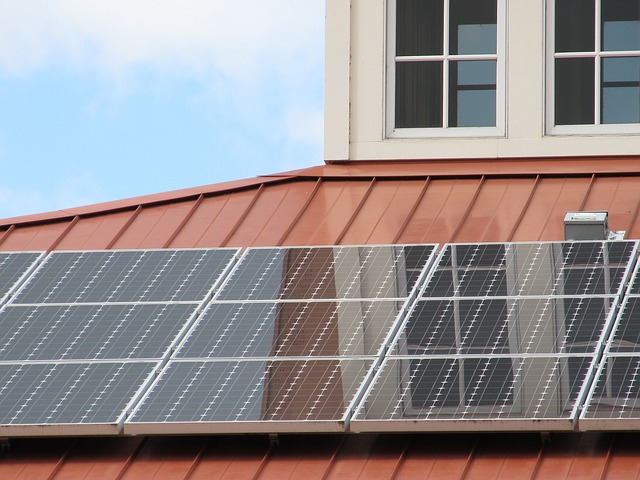
By Kari Lydersen, Energy News Network
Installing residential solar could be extremely difficult for southwest Michigan residents, as the utility serving the area drastically changes the terms for new connections after reaching a cap outlined in a 2016 state law.
The law, which eliminated net metering broadly, created a program for small arrays that required utilities to compensate customers based on a set of calculations. Utilities can end that program, as Indiana Michigan Power (I&M) did for residential solar, when adoption reaches a cap of roughly .5% of the total load for that category.
Now, I&M customers who want solar will need to participate in the utility’s COGEN program, which provides much lower wholesale rates for the electricity they send back to the grid, while also promising to continue the arrangement for at least five years.
Solar developers and advocates say this will mean solar is not economically viable for many customers, just as the desire for solar was ramping up in the region.
State Sen. Jeff Irwin introduced a bill this spring that would lift the cap and restore net metering.
“That’s right, there is an arbitrary cap in Michigan law that allowed the utility to simply stop allowing residents into their DG program,” Irwin said at an Aug. 24 press conference pushing for the bill.
“If they want to plug in, they have to sign a 5-year contract, and have to accept rates that are nowhere near fair,” Irwin said. “What this means is, in practical reality, there is no access to rooftop solar. Not only are customers denied that opportunity — those installers that would have had those jobs are sidelined as well.”
Mike Westcott, development manager for the company Harvest Solar, said his team was not given any warning about the approaching cap and policy change.
“We just logged in one day [to the utility’s portal] and it said they were not accepting any more applications,” he said. “We had to let customers know, ‘Hey, you won’t be getting as much for your production as expected.’ If it stays in effect, we’ll continue to prioritize other regions that have more favorable” conditions for solar.